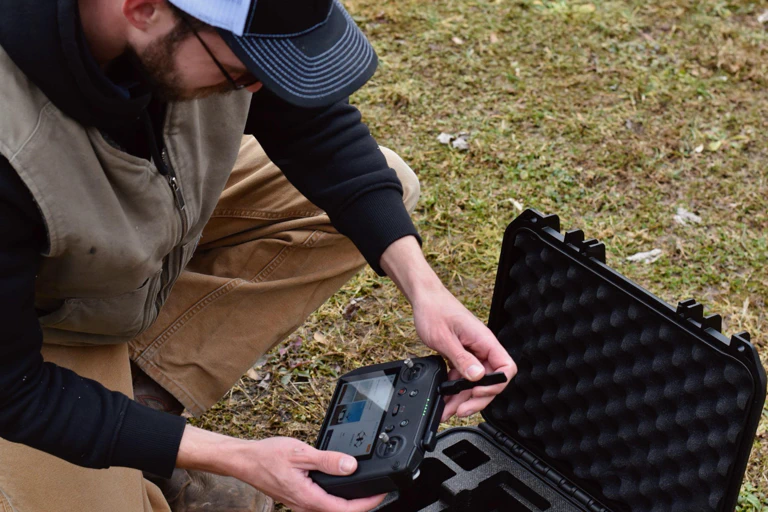
Drone Sensors & Why they are important for a safe flight
Did you know that there are sensors in your drone that need to be checked and calibrated before every flight? Let's take a closer look at four crucial ones: the Inertial Measurement Unit (IMU), compass, GPS, and gimbal sensors.

Inertial Measurement Unit (IMU): The IMU consists of gyroscopes and accelerometers, measuring the drone’s orientation, velocity, and acceleration. Without proper calibration, inaccurate IMU readings can lead to unstable flight, drifting, and difficulty maintaining a steady hover.
Compass: The compass provides information about the drone’s heading or direction. When not calibrated correctly, the compass can produce incorrect heading data, leading to navigation errors, erratic flight behavior, and even loss of control.
GPS (Global Positioning System): GPS receivers provide accurate positioning information, essential for navigation, waypoint tracking, and features like return-to-home. It’s important to have a good number of GPS satellites locked in before flying to ensure reliable positioning data.
Gimbal Sensors: These sensors stabilize the camera mounted on the drone, ensuring smooth and steady footage or imagery. It’s crucial to ensure that your gimbal is working properly before flight to avoid issues with camera stability and control.
Without proper calibration of these sensors and ensuring the GPS is locked in, a drone’s flight performance can be compromised, risking accidents, crashes, and potential damage to the drone and surrounding property. Calibrating and checking these sensors before each flight ensures accurate flight data, stable flight performance, and safer operations. 🛠️ #DJI #DroneSafety #CalibrationEssentials 🚁

Photographer